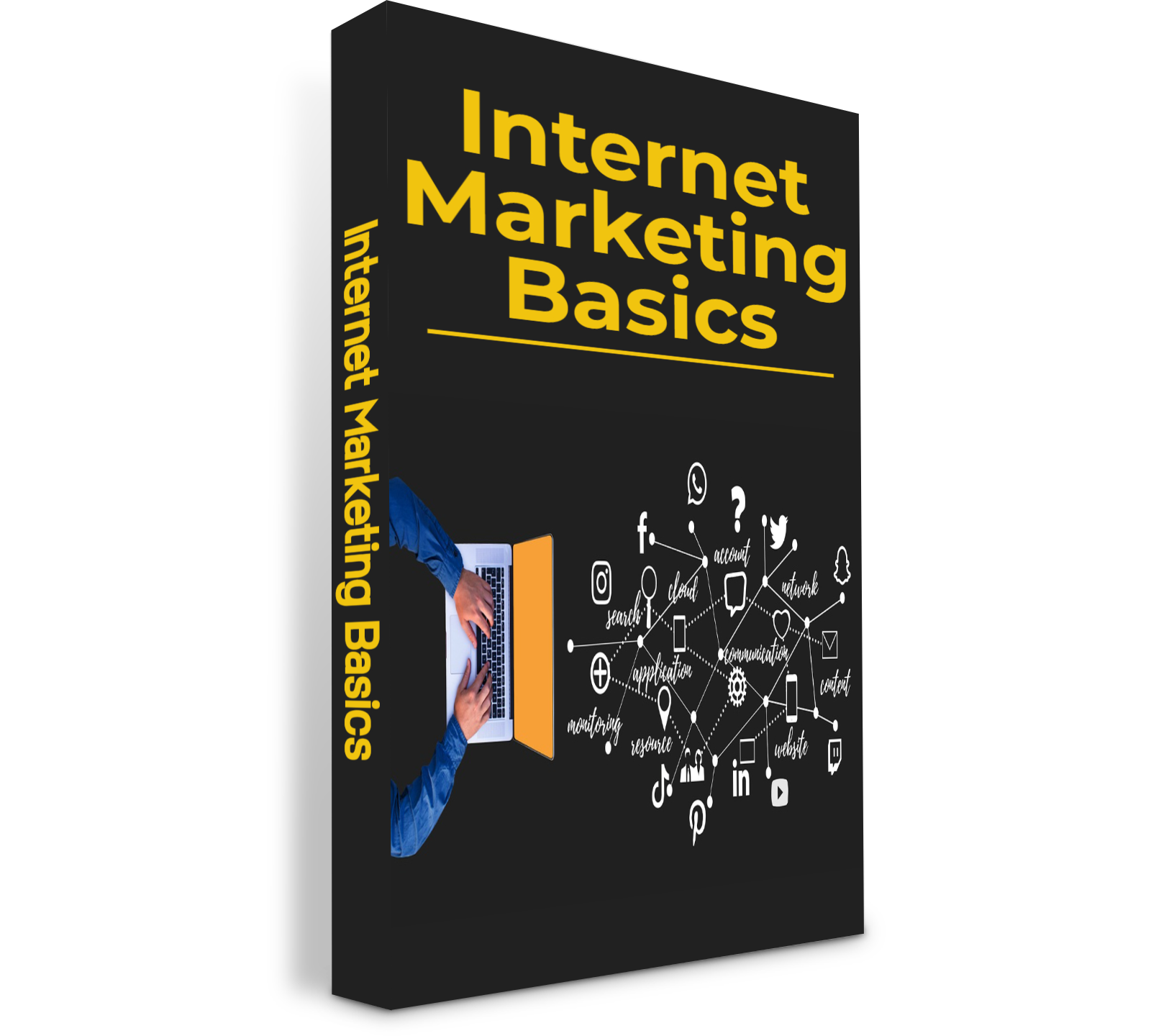Maximizing Your Online Store’s Potential with WooCommerce
Your company must have a solid and effective web store in the ever-changing online business landscape. Given the widespread adoption of online shopping, delivering an outstanding shopping experience to your customers is paramount. This is where WooCommerce, a robust e-commerce plugin designed for WordPress, becomes invaluable. Whether you’re embarking on your online journey or seeking to enhance an existing store, WooCommerce can serve as your preferred solution. This in-depth manual will explore the nuances of maximizing your online store’s full potential using WooCommerce.
Quick Tips to Get You Started:
- Opt for Dependable Hosting: The cornerstone of a prosperous online store lies in choosing a trustworthy hosting service. Opt for a hosting provider that efficiently manages your store’s traffic while delivering outstanding performance.
- Pick an Easy-to-Use Design: A thoughtfully crafted theme not only elevates the visual appeal of your store but also ensures a user-friendly browsing experience. Seek out tunes that are compatible with WooCommerce and align with your brand’s identity.
- Leverage SEO: Implement on-page and off-page SEO techniques to improve your store’s visibility in search engines. Use WooCommerce SEO plugins to assist in optimization.
- Offer Multiple Payment Options: To appeal to a broader range of customers, offer multiple payment methods, such as credit cards, PayPal, and mobile payment choices.
- Regularly Update and Back Up: Keep your WooCommerce store and plugins up to date to ensure security and performance. Regularly back up your data to prevent data loss.
Now, let’s maximize your online store’s potential with WooCommerce.
I. Understanding WooCommerce
What is WooCommerce?
At its core, WooCommerce is a free WordPress plugin that empowers you to transform your WordPress website into a fully functional online store. It effortlessly combines with your current WordPress website, offering a recognizable setting for overseeing your e-commerce endeavor.WooCommerce’s user-friendly interface makes it accessible to beginners and experienced online retailers.
Why Choose WooCommerce?
WooCommerce’s popularity in the e-commerce world is still strong. Here are a few compelling reasons why you should consider it for your online store:
- Versatility: WooCommerce provides an extensive array of customization possibilities, empowering you to personalize your e-commerce platform to situate with your specific needs and desires.
- Scalability: Whether you’re just starting or planning to expand, WooCommerce can grow with your business.
- Community and Support: A robust and engaged user base ensures you can readily discover solutions to your inquiries and tap into a wealth of available materials.
II. Setting Up Your WooCommerce Store
Choosing the Right Hosting and Domain
Your online store’s performance and reliability depend on the hosting and domain you choose. Consider the following when making these critical decisions:
- Hosting: Opt for a hosting provider with excellent uptime, speed, and scalability. Managed WordPress hosting services are often a great choice for WooCommerce.
- Domain: Select a domain name that is memorable, relevant to your niche, and easy to type. A domain name registrar can help you find and register your domain.
Walkthrough: Installing WooCommerce
Installing WooCommerce on your WordPress site is a straightforward process. Follow these steps to get started:
- Log in to your WordPress dashboard.
- Please go to the Plugins section and select ‘Add New.’
- Then, input ‘WooCommerce’ in the search field and press ‘Enter.’
- Click ‘Install Now’ next to the WooCommerce plugin.
- Once installed, click ‘Activate’ to enable WooCommerce on your site.
Now, you’re ready to begin configuring your online store.
III. Customizing Your Store
The Importance of Themes and Plugins
Your store’s appearance and functionality are pivotal in attracting and retaining customers. Here’s how to get it right:
- Themes: WooCommerce offers a variety of themes optimized for e-commerce. Choose one that aligns with your brand and provides a user-friendly interface.
- Plugins: Extend WooCommerce’s capabilities with plugins. Whether you need advanced inventory management, SEO tools, or integration with third-party services, there’s likely a plugin for it.
Personalizing Your Store’s Appearance
Your store’s visual appeal matters. Use customization options to create a unique look and feel:
- Branding: Incorporate your logo, color scheme, and brand identity throughout your store.
- Layout: Adjust the design to highlight your best-selling products, promotions, and important information.
- Navigation: Ensure your store is easy to navigate, with clear categories and intuitive menus.
IV. Adding and Managing Products
The Art of Product Listing
Your products are the heart of your online store. Make sure you present them effectively:
- Product Descriptions: Craft informative and enticing product descriptions. Please emphasize the characteristics, advantages, and any distinctive selling propositions.
- High-Quality Images: Use high-resolution images that showcase your products from various angles.
- Pricing and Stock Management: Set competitive prices and manage your inventory efficiently to avoid stockouts or overstocking.
V. Optimizing for SEO
SEO: Your Gateway to Visibility
It would help if you were visible to potential customers to maximize your online store’s potential. Here’s how to enhance your store’s SEO:
- Keyword Optimization: Research and incorporate relevant keywords into your product descriptions and content.
- On-Page SEO: Optimize meta titles, descriptions, and alt tags for images.
- Mobile Responsiveness: Ensure your store is mobile-friendly, as Google prioritizes mobile-friendly websites in search results.
The Role of WooCommerce SEO Plugins
Consider using dedicated WooCommerce SEO plugins to streamline your optimization efforts. Popular choices include Yoast SEO and All in One SEO Pack.
VI. Streamlining the Checkout Process
The Checkout Experience Matters
An effortless and smooth checkout experience is crucial for minimizing instances of customers abandoning their shopping carts and enhancing overall customer contentment. Here are some recommended approaches:
- Guest Checkout: Permit customers to finalize their transactions without registering for an account.
- Diverse Payment Choices: Provide a range of payment methods to accommodate your customers’ preferences.
- Clear Shipping Information: Provide transparent shipping costs and delivery times during checkout.
VII. Marketing and Promotion
Spreading the Word
To maximize your online store’s potential, you must actively promote it. Here are some effective strategies:
- Email Marketing involves creating a list of email subscribers and using it to distribute newsletters, promotional deals, and updates about your products or services.
- Social media involves using a variety of social networking platforms to engage with your desired audience and showcase your products or services to them.
- Content Marketing: Create valuable blog posts, guides, and videos related to your niche to attract organic traffic.
- Paid Advertising: Use platforms like Google Ads and Facebook Ads to reach a wider audience.
Harnessing the Power of Discounts
Discounts and promotions can boost sales and attract new customers. Use them strategically:
- Flash Sales: Generate a feeling of time sensitivity by presenting short-term promotions with reduced prices.
- Loyalty Programs: Incentivize frequent shoppers by granting them discounts or exclusive deals as a token of appreciation for their continued patronage.
VIII. Analytics and Performance Monitoring
Data-Driven Decision Making
To improve the long-term performance of your e-commerce website, it’s crucial to evaluate data and make informed decisions using valuable insights regularly.
- Utilize Google Analytics: Incorporate Google Analytics into your platform to monitor website traffic, user interactions, and conversion rates. This data will help you understand how visitors engage with your site.
- Monitor Sales Reports: Routinely examine sales reports within WooCommerce to spot emerging patterns and pinpoint potential areas for growth. These reports provide valuable information on your sales performance.
- Embrace Customer Feedback: Pay close attention to feedback from your customers and integrate their suggestions to make enhancements. Customer input can be valuable for refining your online store’s user experience and product offerings.
IX. Handling Customer Support and Feedback
Exceptional Customer Service
Providing excellent customer support is a critical factor in maximizing your store’s potential:
- Responsive Communication entails promptly addressing customer inquiries and efficiently resolving any issues
- they may have. Feedback Collection involves actively encouraging customers to share their reviews and feedback, which can help establish trust with potential buyers.
X. Scaling Your WooCommerce Store
Preparing for Growth
As your online business grows, consider these factors to ensure a smooth scaling process:
- Server Resources: Assess your hosting plan’s capacity and upgrade as needed to handle increased traffic.
- Inventory Management: Implement robust inventory management systems to accommodate higher sales volumes.
- Customer Support Scaling: Hire additional support staff to handle increased customer inquiries.
Now, let’s examine a table that outlines crucial recommendations and tactics covered in this piece.
Table: Quick Reference Guide
|
Section |
Key Tips and Strategies |
|
Setting Up Your Store |
– Choose reliable hosting and a memorable domain. |
|
– Follow the installation guide for WooCommerce. |
|
|
Customizing Your Store |
– Select a user-friendly theme and essential plugins. |
|
– Personalize your store’s appearance and layout. |
|
|
Adding and Managing Products |
– Craft compelling product descriptions and images. |
|
– Maintain accurate pricing and inventory. |
|
|
Optimizing for SEO |
– Optimize for keywords and ensure mobile-friendliness. |
|
– Consider using WooCommerce SEO plugins. |
|
|
Streamlining Checkout |
– Offer guest checkout and multiple payment options. |
|
– Provide clear shipping information. |
|
|
Marketing and Promotion |
– Utilize email marketing, social media, and content. |
|
– Use discounts and promotions strategically. |
|
|
Analytics and Monitoring |
– Implement Google Analytics and review sales reports. |
|
– Listen to customer feedback and make improvements. |
|
|
Customer Support and Feedback |
– Prioritize responsive customer service. |
|
– Encourage customer reviews and feedback. |
|
|
Scaling Your Store |
– Assess server resources and inventory management. |
|
– Scale customer support as needed. |
This table serves as a convenient reference tool, condensing the critical advice and tactics outlined in the article. It assists readers in revisiting important insights while they focus on optimizing their online store powered by WooCommerce.
XI. Conclusion
To summarize, WooCommerce provides a flexible and robust solution for establishing and overseeing your internet shop. By adhering to the advice and tactics detailed in this handbook, you can unlock your online store’s maximum potential and succeed in the competitive e-commerce landscape.
It’s crucial to remember that e-commerce is a continually evolving field. Staying informed about industry developments and consistently fine-tuning your store’s strategies is vital. Embrace change, explore fresh concepts, and always prioritize your customers’ needs and preferences. With commitment and the correct approach, your online store powered by WooCommerce can prosper and attain its utmost potential.

